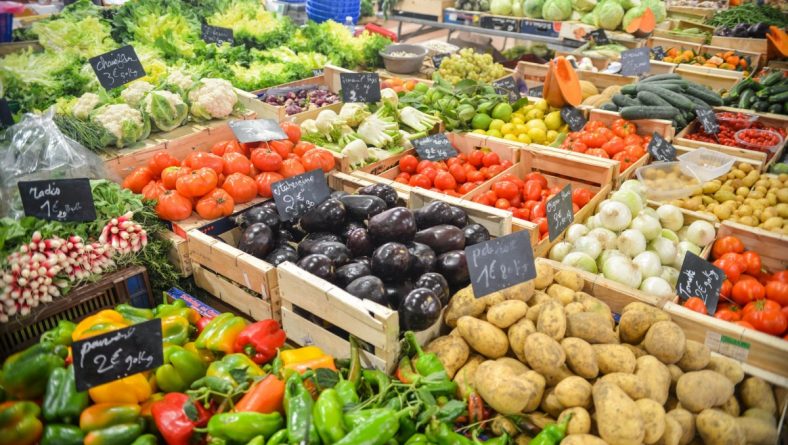How Can a Healthy Diet Affect Your Child’s Vision and Learning?
We all know the basic food groups and the globally recognized food pyramid. How could we not? They’ve been engraved in our mind since the day we took our first steps onto school campus. But are the essential eats really telling you everything about your child’s health, or have they blurred the truth by clouding your vision?
Vision, Diet, and Learning
Vision affects far more in your life than simply seeing. Many minor vision problems can cause learning difficulties and have an adverse effect on focus or retaining information. As a result, you may see your child’s grades start to suffer. While checkups, treatment, or therapy are all trustworthy and valid options the best thing you can do for their vision is practice a healthy diet.
Our eyes are vascular meaning they are affected by your blood flow. So a healthy heart also means healthy vision. But there is much more to proper vision care than you see at first glance. Let’s take a look at each food group to find out how they effect your child’s eyes.
Oils and Fats
All parts of the food pyramid are essential to maintaining good ocular health; however, some less than others. Oils and fats are a great example of this. They are a source of the oh so important Vitamin A but don’t provide as much as other foods. Additionally the high fat can take an adverse effect on your eyes so keep the use of oils and fats in your cooking to a minimum.
Meat, Beans, and Nuts
Many people think they’re child is getting the right amount of protein because they eat so much meat, but in reality you need to watch the type of meat your children eat. The healthiest options are eggs, fish, and poultry. Eggs are especially nutritious and contain lots of lutein which can help with macular degeneration. In fact, they contain so many different nutrients some even say eggs are like a natural multivitamin! As for the other meats limit processed one’s such as sausage, bacon, and ham.
Dairy
Dairy makes a great snack such as a glass of milk with a meal, adding cheese to a sandwich, or a cup of yogurt during lunch hour. It contains vitamin A and Zinc which are found abundantly in the retina. This can also improve night vision and protect against cataracts.
Bread, Potatoes, and Other Starches
Recent studies have found that a high-glycemic diet can accelerate diabetes and, in turn, macular degeration. However, they still make up one of the largest and most important food groups. If you are worried about your childs visual health consider switching to a low-glycemic diet. This includes oatmeal, whole wheat, sweet potatoes, and most fruits and vegetables.
Fruits and Vegetables
Finally, you’ve been told this since you could chew solid food, but eat your fruits and vegetables. Base your child’s meals off of these two food groups and simply fill in the rest according to the pyramid. To be more specific, fruits provide a very important vitamin called vitamin C that is the foundation to your immune system. On the other hand leafy green vegetables are an excellent source of vitamin E and help prevent cataracts. If there is one piece of advice to take away it is to limit the amount of sweetened fruit juice your child drinks.










 powerhousegroup.net
powerhousegroup.net